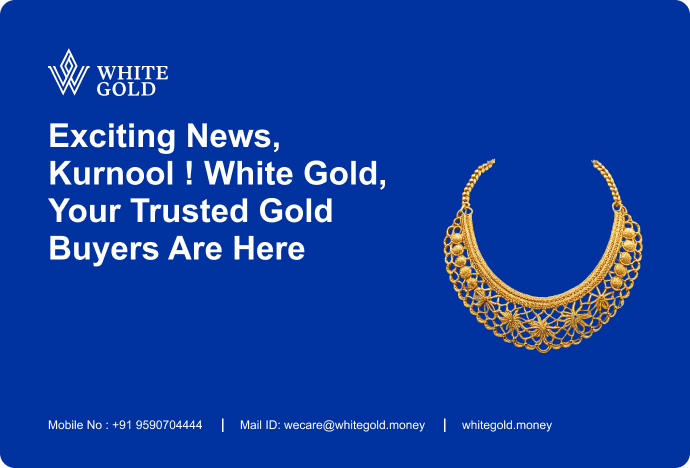The Rise of Digital Gold: Cryptocurrencies and Blockchain in the Gold Market

5min read

In an era dominated by technological advancements and cryptocurrencies leading the pack, investment opportunity has moved from the traditional markets and are witnessing a significant transformation, and the gold market is no exception. The intersection of cryptocurrencies and blockchain technology has given rise to a new phenomenon often referred to as “digital gold.” This evolution not only challenges conventional perceptions of gold as a physical asset but also introduces novel ways of trading, securing, and even mining this precious metal.
The concept of “digital gold” arose from the idea that, like physical gold, cryptocurrencies can serve as a store of value. Bitcoin, in particular, shares certain characteristics with gold, such as scarcity and the absence of centralized control.
As the narrative around Bitcoin as “digital gold” gained traction, other cryptocurrencies followed suit, contributing to the diversification of investment options within the gold market.
Investing in Digital Gold: Cryptocurrencies as a Gold Alternative
As investors seek diversification and new avenues for hedging against economic uncertainties, cryptocurrencies are emerging as an alternative investment class within the gold market.
1. Hedging Against Inflation
Gold has traditionally been considered a hedge against inflation, preserving wealth during economic downturns. Similarly, the fixed supply of many cryptocurrencies, including Bitcoin, positions them as potential hedges against inflation. As central banks worldwide explore unconventional monetary policies, the appeal of digital assets as a safeguard against currency devaluation grows.
2. Portfolio Diversification
Including cryptocurrencies in a portfolio alongside traditional assets like gold and stocks can enhance diversification. Cryptocurrencies, with their relatively low correlation to traditional financial markets, offer investors the potential for improved risk-adjusted returns. This diversification strategy becomes increasingly relevant as investors seek ways to navigate unpredictable market conditions.
3. Accessibility and Fractional Ownership
Cryptocurrencies enable fractional ownership, allowing investors to own a portion of a digital asset. This feature is particularly appealing in the context of gold, where physical ownership often involves significant costs and logistical challenges. With cryptocurrencies, you can access and trade fractional shares of digital gold, democratizing access to this precious commodity.
Challenges and Considerations: Navigating the Digital Frontier
While the rise of digital gold presents exciting opportunities, it is not without challenges and considerations.
1. Volatility and Risk
Cryptocurrencies, known for their price volatility, introduce an element of risk into the gold market. Investors must navigate this volatility and carefully assess their risk tolerance when considering digital gold as an investment.
2. Regulatory Environment
The regulatory landscape surrounding cryptocurrencies is evolving. As governments and regulatory bodies establish frameworks for digital assets, market participants need to stay informed about compliance requirements and potential regulatory changes.
3. Cybersecurity Concerns
The digital nature of cryptocurrencies and blockchain introduces cybersecurity considerations. Safeguarding digital assets from hacks and unauthorized access is paramount, necessitating robust security measures and practices.
The rise of digital gold, facilitated by cryptocurrencies and blockchain technology, marks a significant paradigm shift in the gold market. This convergence introduces new investment opportunity.
As stakeholders navigate this digital frontier, the synergy between the time-tested allure of gold and the cutting-edge potential of digital assets paves the way for a future where “digital gold” becomes an integral part of the global economic landscape.







